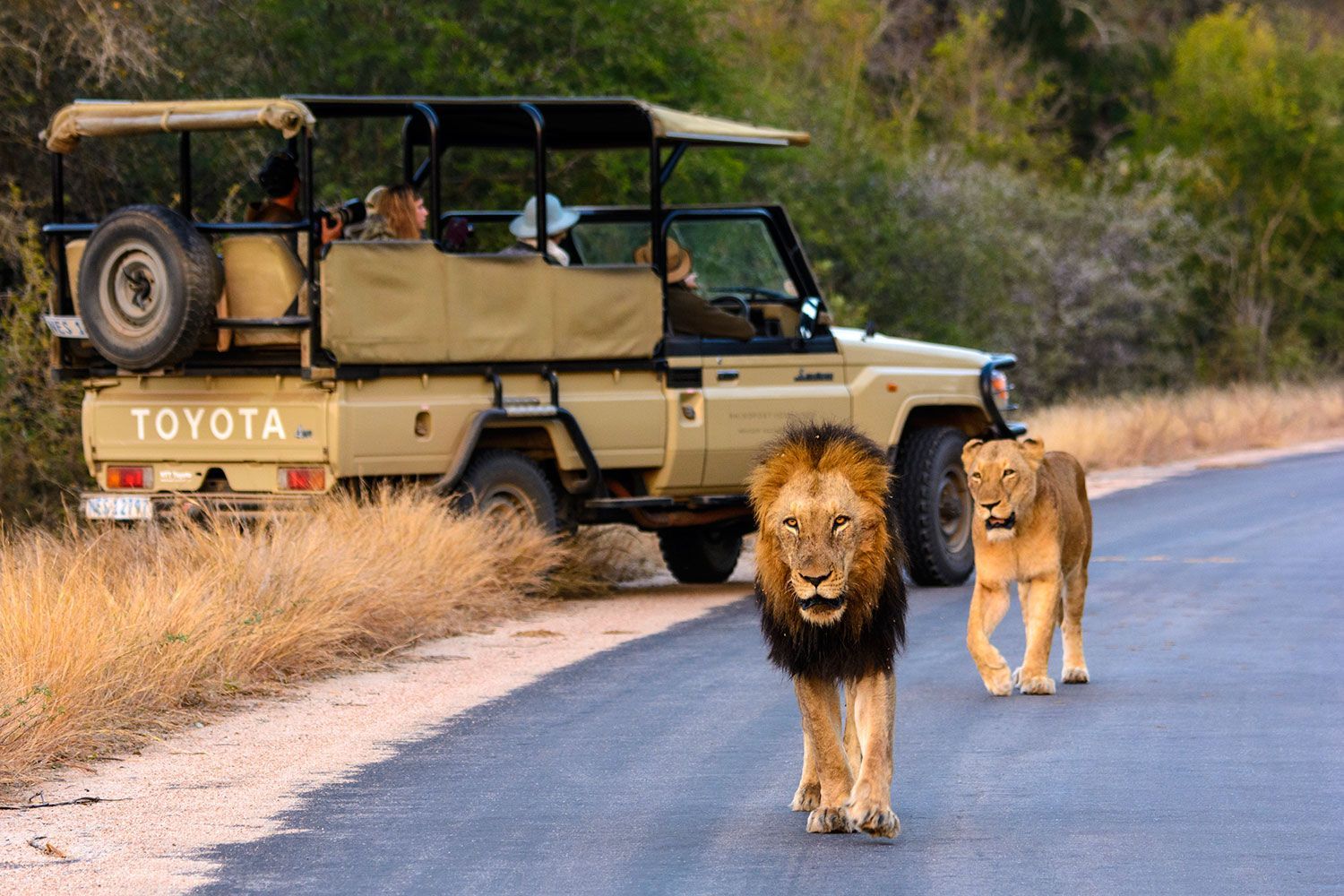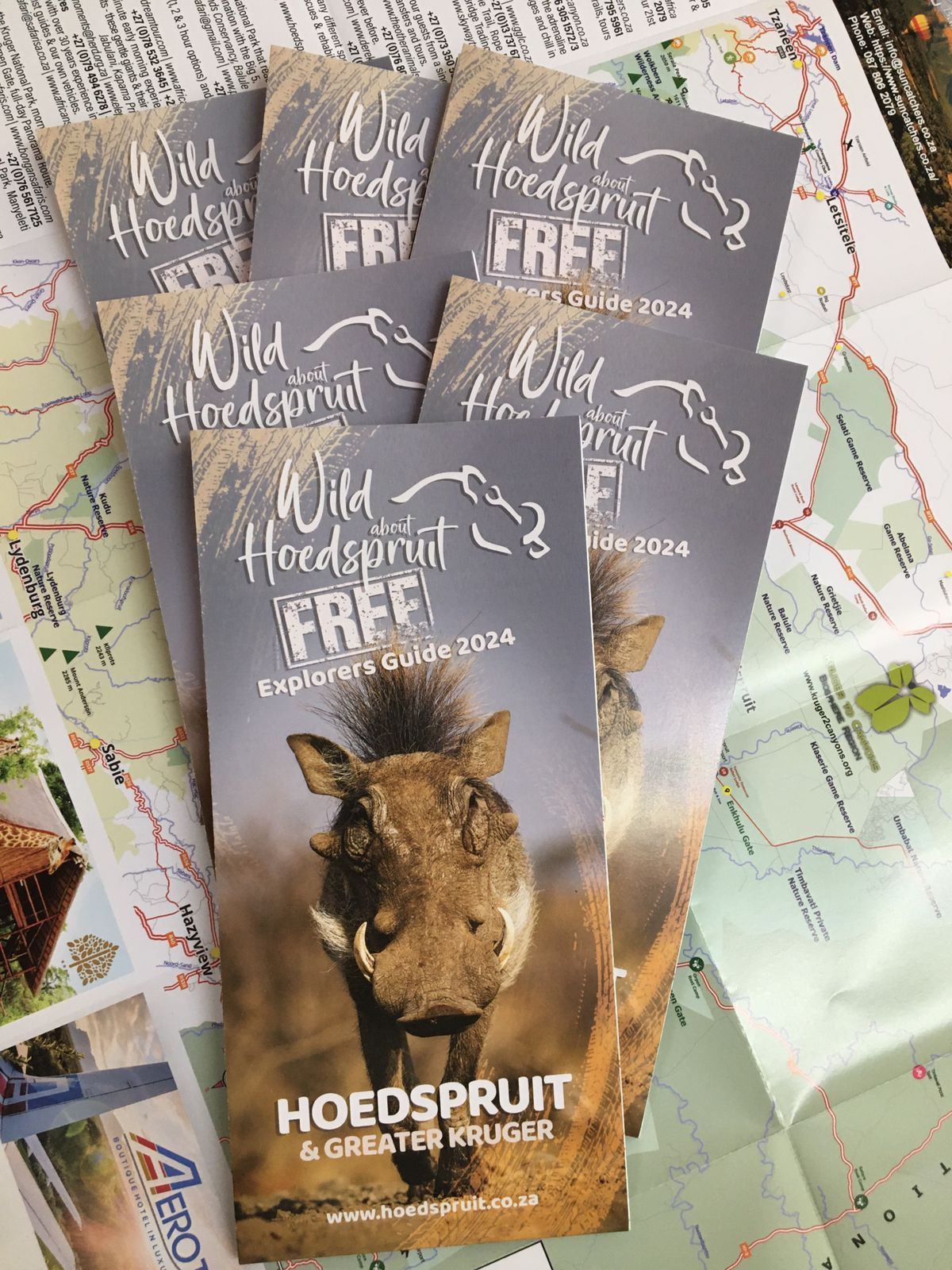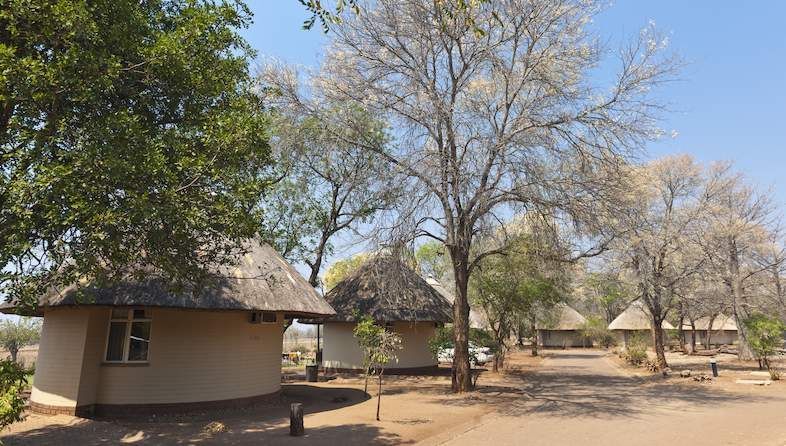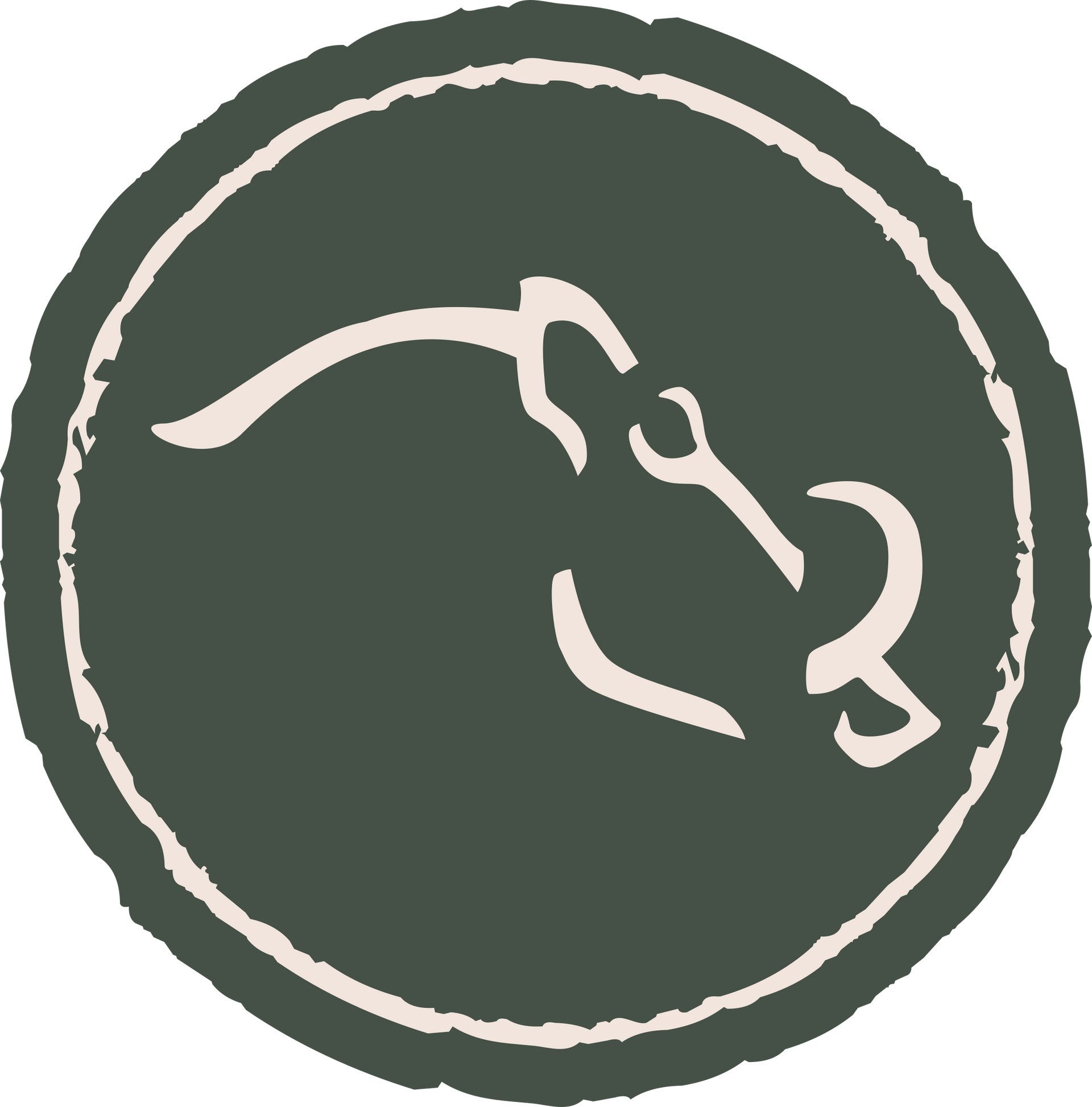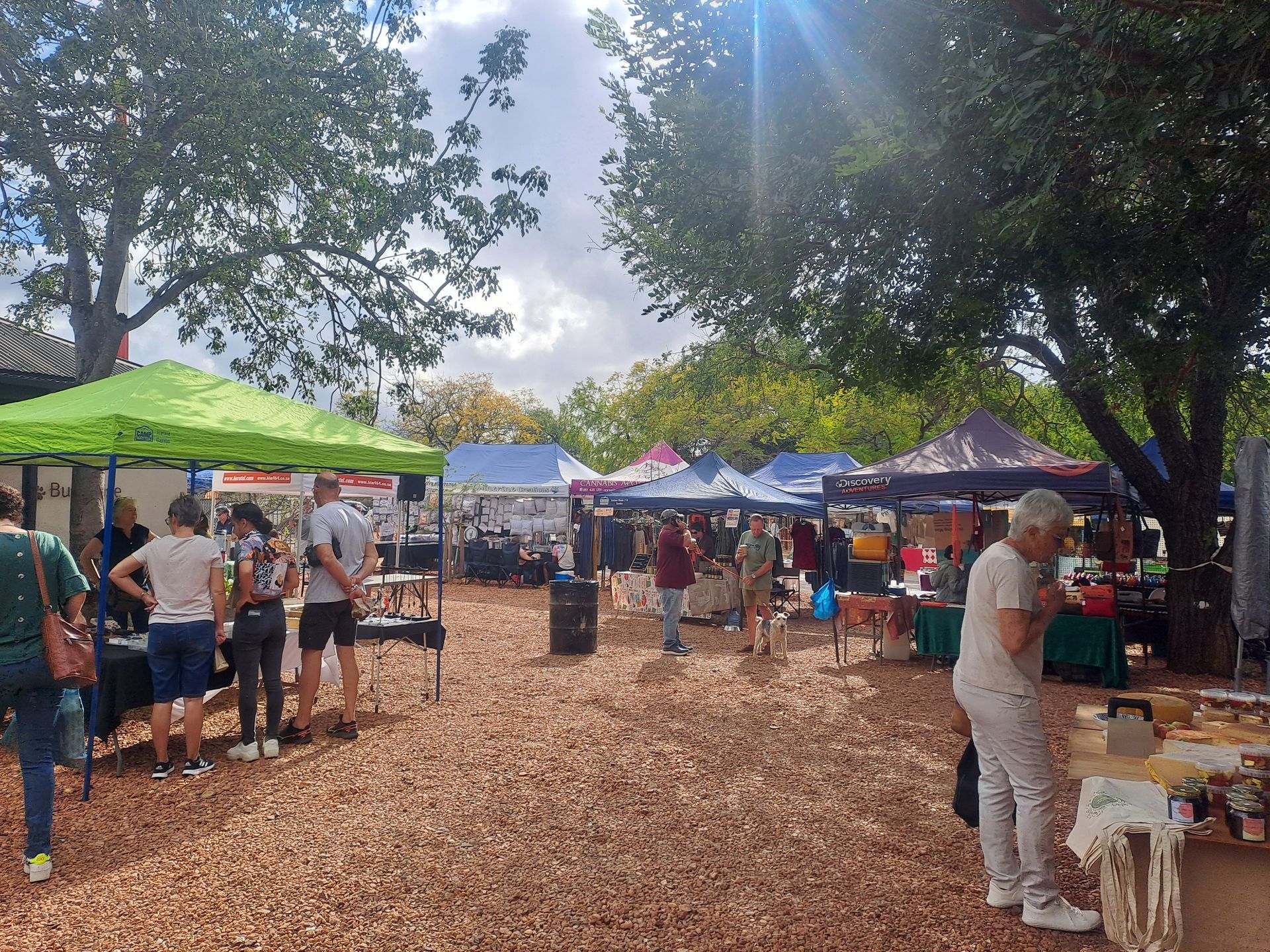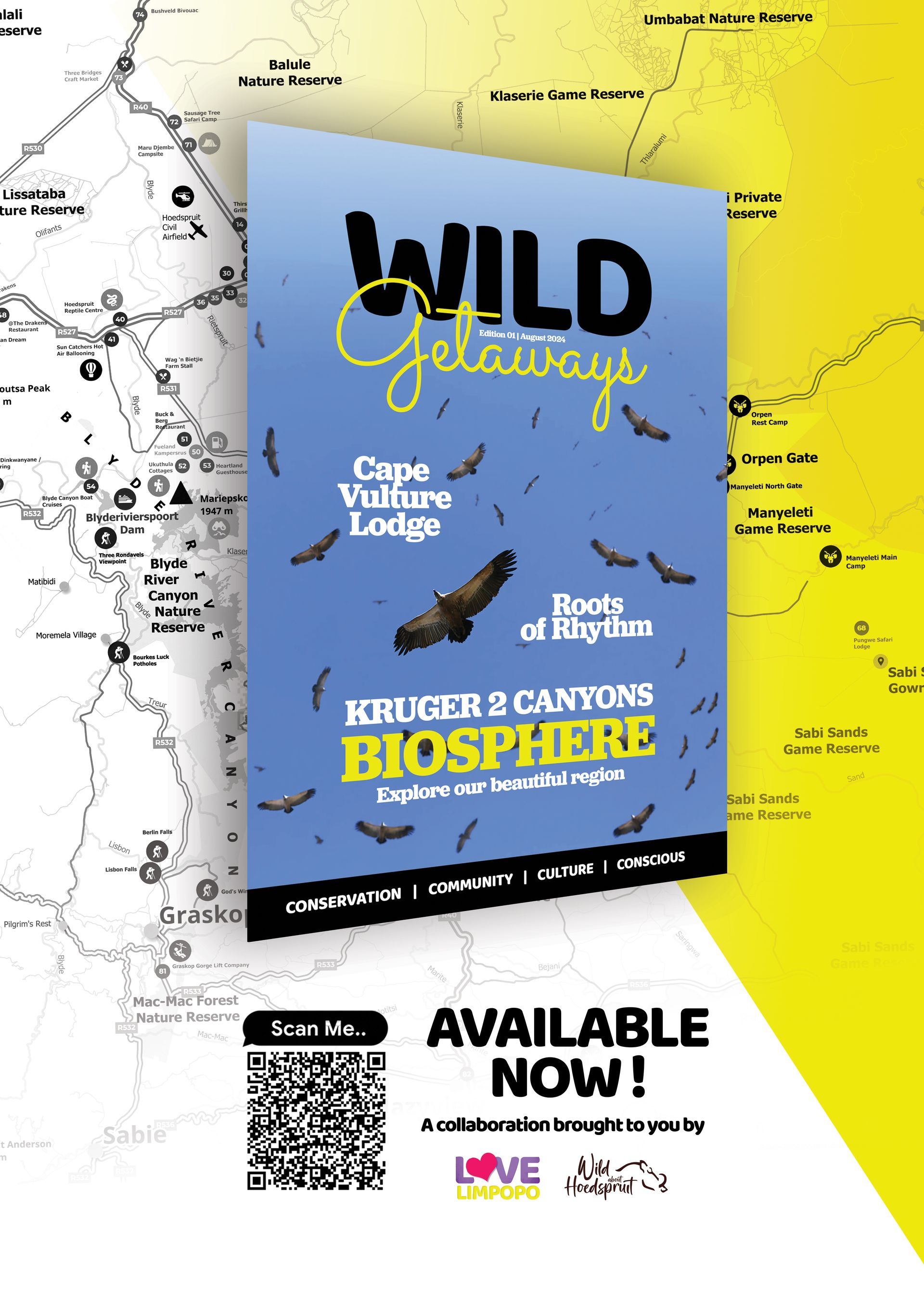Giraffe in Kruger National Park: A Complete Guide
Encountering the world's tallest land mammal, the giraffe, in Kruger National Park is a truly extraordinary experience. These graceful creatures add a touch of wonder to the diverse wildlife that thrives within the park's expansive landscapes.
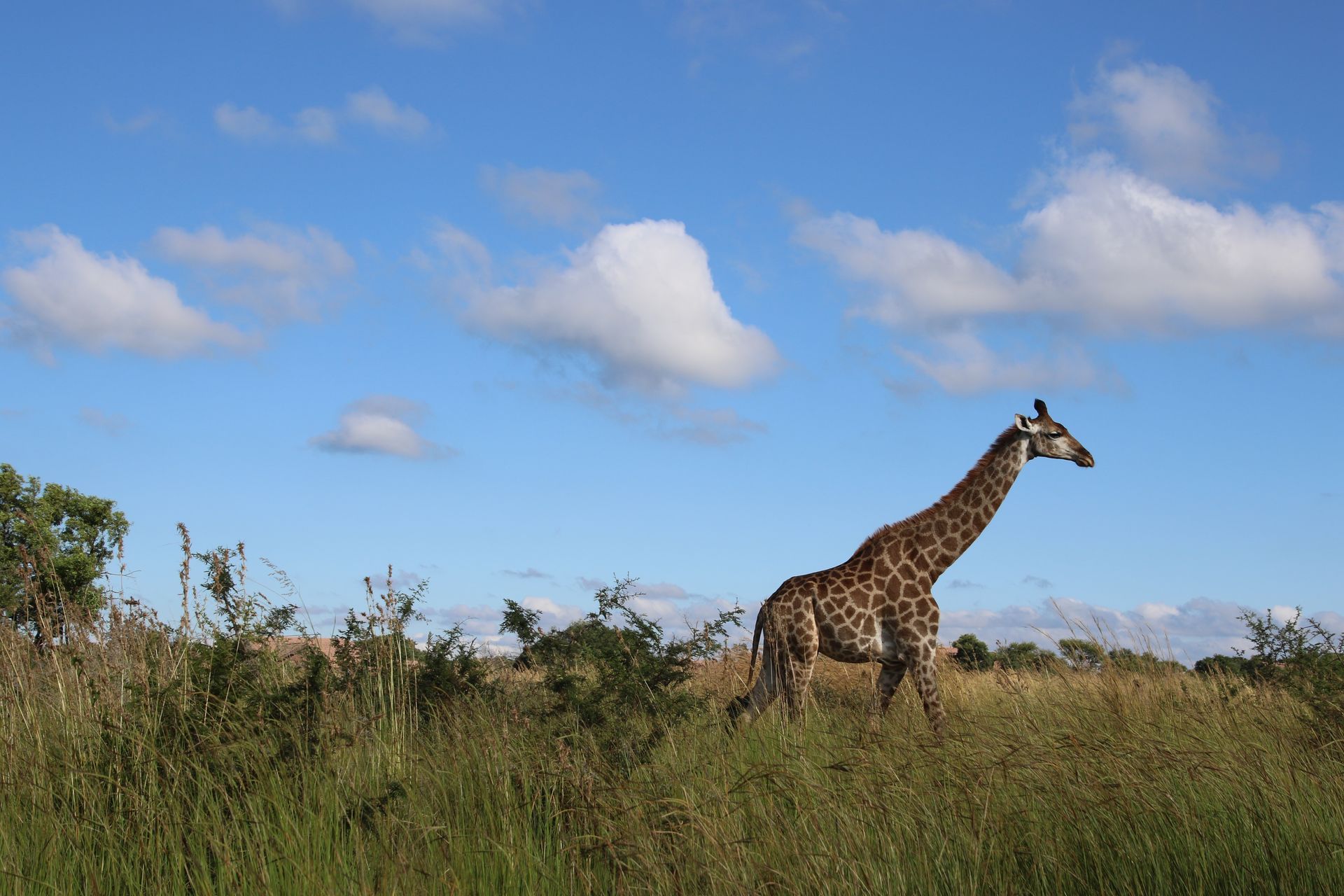
Why it's an Exciting Species to Encounter in Kruger
Giraffes, with their towering necks and distinctive spotted patterns, captivate visitors with their unique appearance and gentle demeanor. Observing these magnificent animals against the backdrop of Kruger's scenic beauty is an experience that stays etched in memory.
Identification
Physical Characteristics
Giraffes are easily identified by their long necks, which can reach up to 18 feet, and distinctive spotted coats. Their ossicones, horn-like structures on the head, further aid in differentiation between males and females.
Unique Features for Easy Identification
Individual giraffes can be identified by the specific arrangement and size of their spots. Some giraffes also bear ossicones with unique shapes, making each one a distinct presence in the park.
Fascinating Facts
Interesting and Lesser-Known Facts about the Animal
Giraffes are not only the tallest but also the most elegant of land mammals. Surprisingly, these gentle giants only require 5 to 30 minutes of sleep a day, often achieved in short naps while standing.
Its Role in the Ecosystem
Giraffes play a crucial role in shaping ecosystems by feeding on high branches, controlling vegetation growth, and creating pathways for smaller animals. Their browsing habits contribute to maintaining a balanced and healthy environment.
Habitat and Range
Where in Kruger Can You Find This Giraffe?
Giraffes are widespread throughout Kruger National Park, favoring open woodlands and grassy plains. Southern regions, including Lower Sabie and Satara, are particularly known for frequent giraffe sightings.
Preferred Habitats and Behaviors
Giraffes prefer areas with acacia trees and shrubs, where they can easily reach the leaves. Their leisurely browsing and occasional sprinting make them a delight to watch in their natural habitat.
Best Times for Sighting
Seasonal Variations in Visibility
Dry seasons, from May to September, offer optimal visibility as vegetation thins, making giraffes easier to spot. Mornings and late afternoons provide the best lighting for photography and observation.
Preferred Times of the Day
Early mornings and late afternoons coincide with giraffes' peak activity periods. The cooler temperatures during these times encourage movement and feeding.
Behavior and Social Structure
Behavioral Patterns and Interactions
Giraffes exhibit a calm and non-aggressive demeanor. They are often seen gracefully moving through the landscape, using their keen eyesight to detect predators.
Social Dynamics
While giraffes are not highly social, they can form loose groups called towers. These towers may consist of related individuals or simply be a gathering of giraffes sharing the same space.
Conservation Status
Current Conservation Status
Despite their widespread distribution, giraffes face conservation challenges, and their population has declined. They are classified as vulnerable due to habitat loss, poaching, and other threats.
Any Particular Threats or Challenges the Species Faces
Giraffes confront threats such as habitat fragmentation and human-wildlife conflict. Conservation efforts focus on habitat preservation and community engagement to ensure the species' survival.
Tips for Spotting
Key Signs to Look For
Look for the distinctive silhouette of giraffes against the horizon and scan the treetops for their heads. Fresh tracks and droppings are indicators of recent giraffe activity.
Popular Regions within Kruger for Sightings
The central and southern regions of Kruger, including areas around Skukuza and Lower Sabie, are renowned for giraffe sightings. Open grasslands and woodland areas are prime giraffe habitats.
In Kruger National Park, observing giraffes isn't just a wildlife encounter; it's a connection with the intricacies of nature. As we witness these gentle giants, let's embrace the responsibility of preserving their habitats and ensuring a harmonious coexistence.
Additional Resources
Wild About Kruger
Explore the Wild About Kruger series, your comprehensive source for discovering the magic of Kruger National Park from the hub of Hoedspruit. Here, we delve into all you need to know, from incredible wildlife experiences to insider insights and travel arrangements.
Share This Article
Quicklinks
Related Articles
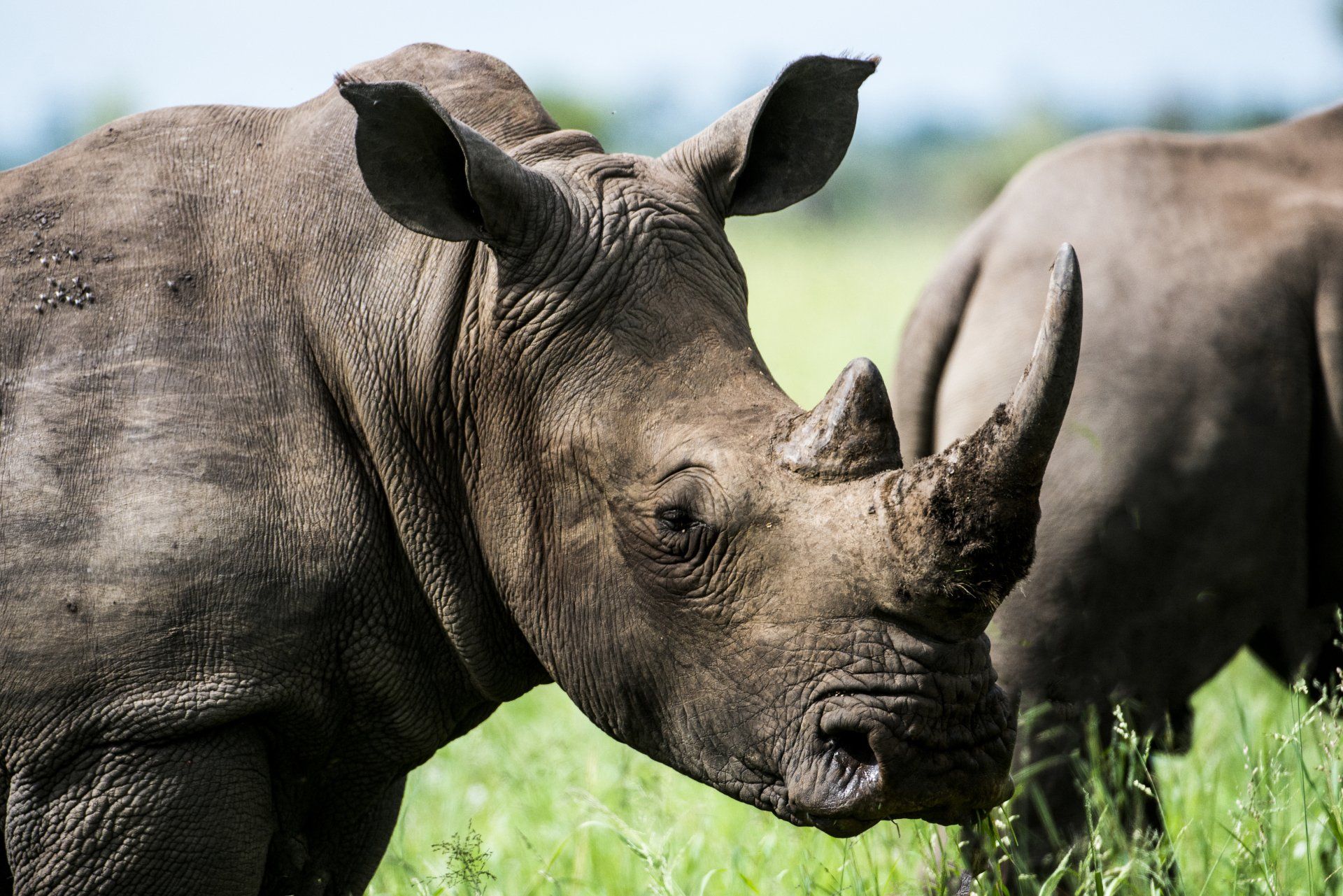
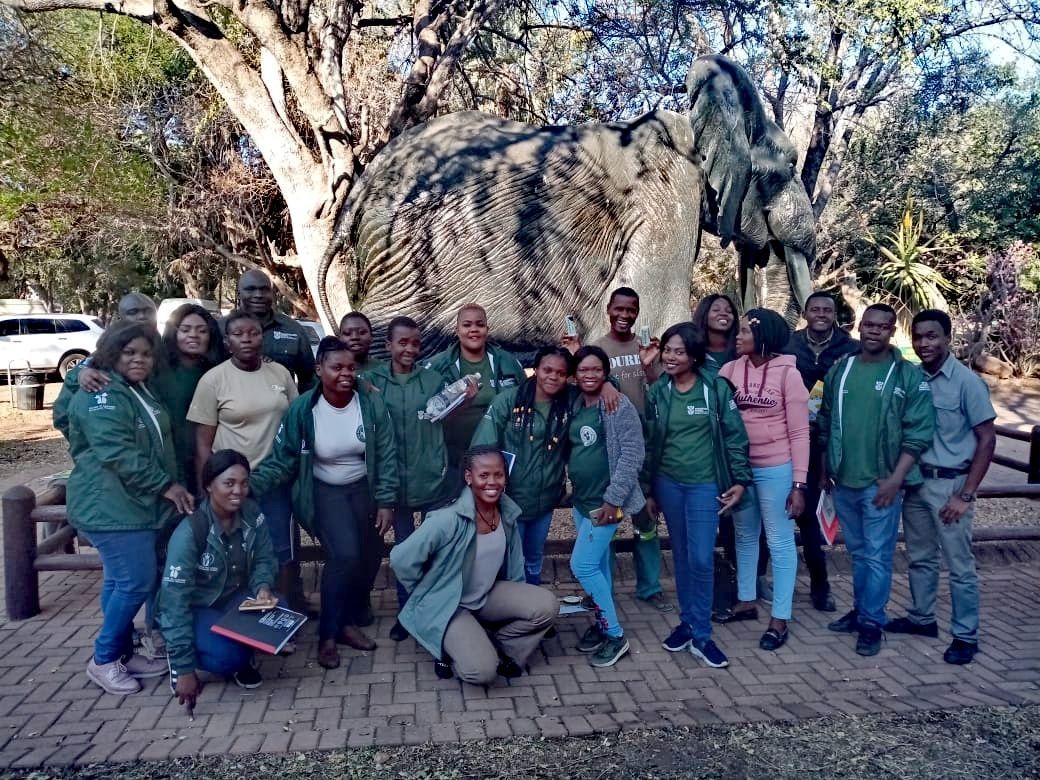
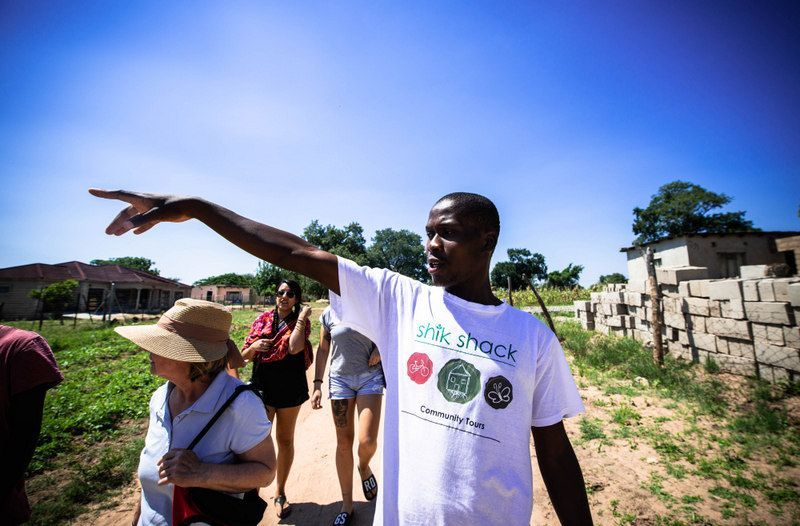
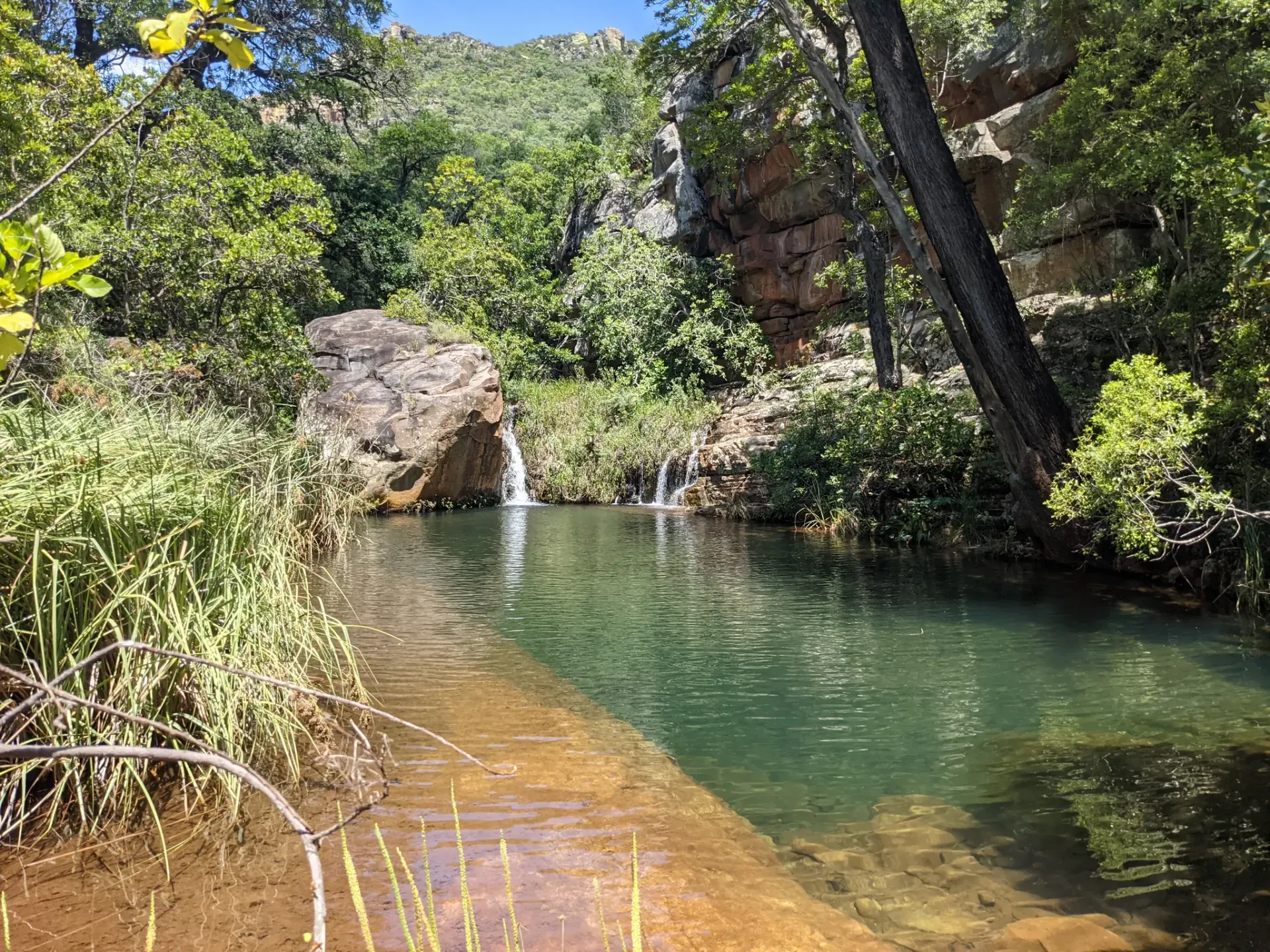

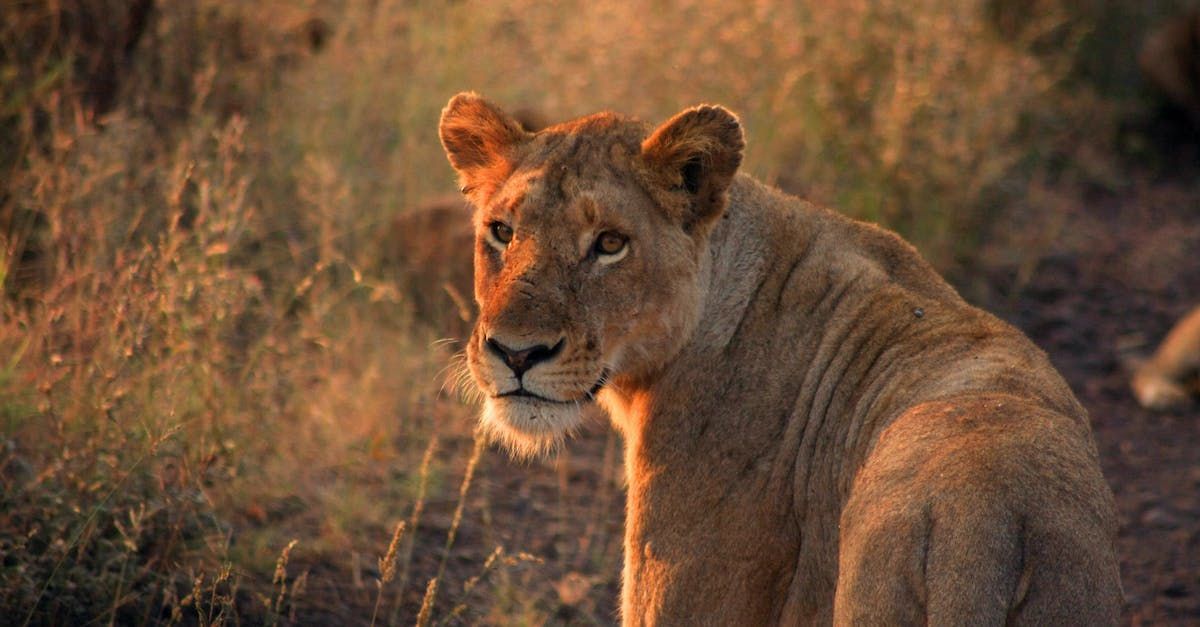

Hoedspruit Articles




